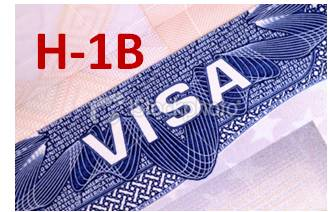
American companies can often benefit from bringing over foreign talent to fill out their workforce. When finding the right employee proves difficult, experienced and knowledgeable legal counsel can help you check all the legal boxes when sponsoring a foreign worker.
Most temporary work visas are nonimmigrant, meaning they cannot be directly converted into a green card. Workers who obtain a temporary visa to work and live in the U.S. recognize that their current visa only allows them lawful status in the U.S. for a fixed period of time. This is in contrast to EB visas and others that allow workers to apply for lawful permanent resident status.
Factors that affect which visa you should apply for include:
- Nature of the work involved with the position;
- Optimal length of time for the position;
- The particular country from which the worker is coming;
- The worker’s education level and work experience; and
- Caps on particular types of visas.
Most temporary work visas require employer sponsorship. In other words, an employer must show that a foreign worker is being brought over for a specific position that satisfies all applicable prerequisites. Few temporary work visas are self-petitioning, meaning that most foreign workers require up-front work from their potential U.S. employer
A Look at the H-1B Visa
A common type of temporary work visa is the H-1B visa. Pollak PLLC routinely helps foreign talent access H-1B visas, which require a bachelor’s degree or its equivalent. Applicants must also possess particular knowledge with respect to a specific specialty. One of the more attractive features of the H-1B visa is its dual intent, meaning workers may apply for a green card while in the U.S.
Before sponsoring an H-1B applicant, employers must show a true need for foreign talent. Once that step is completed, employers must file a Labor Condition Application (LCA) with the Department of Labor. The LCA confirms that the employer will pay the foreign worker the higher of the prevailing wage or actual wage rate. For more information on the LCA and application process for H-1B visas, please consult our previous blog.
A Look at O-1 Visas
Another commonly used visa for temporary workers is the O-1 visa. O-1A and O-1B visas are available for foreign workers who have demonstrated “extraordinary ability” in the arts, sciences, education, business, and athletics. Like H-1B visa applicants, O-1 visa applicants must provide sufficient evidence and documentation to the USCIS.
Another characteristic shared by H-1B and O-1 visa applicants is the need to fill out Form I-129, Petition for a Nonimmigrant Worker. Both visa types grant workers a three-year stay in the U.S., with a chance to obtain three-year extensions.
No PERM/Labor Certification Needed
The main difference between temporary work visas and visas for employment-based green cards is the need for PERM (Program Electronic Review Management) approval. This is generally required for employment-based immigrant visas, but not for H-1B, O-1, and other temporary work visas.
It can take several months for USCIS to process a nonimmigrant work visa application. Employers may be able to pay extra for premium (expedited) processing. The length of time it will take to get your temporary work visa depends on the type of visa and any caps on your preferred visa.
The importance of having effective legal counsel when applying for temporary worker visas cannot be overstated. We help employers and visa applicants with nearly every type of employment-based visa, and we would be honored to represent you. Contact Pollak PLLC today for help on your labor solutions.




